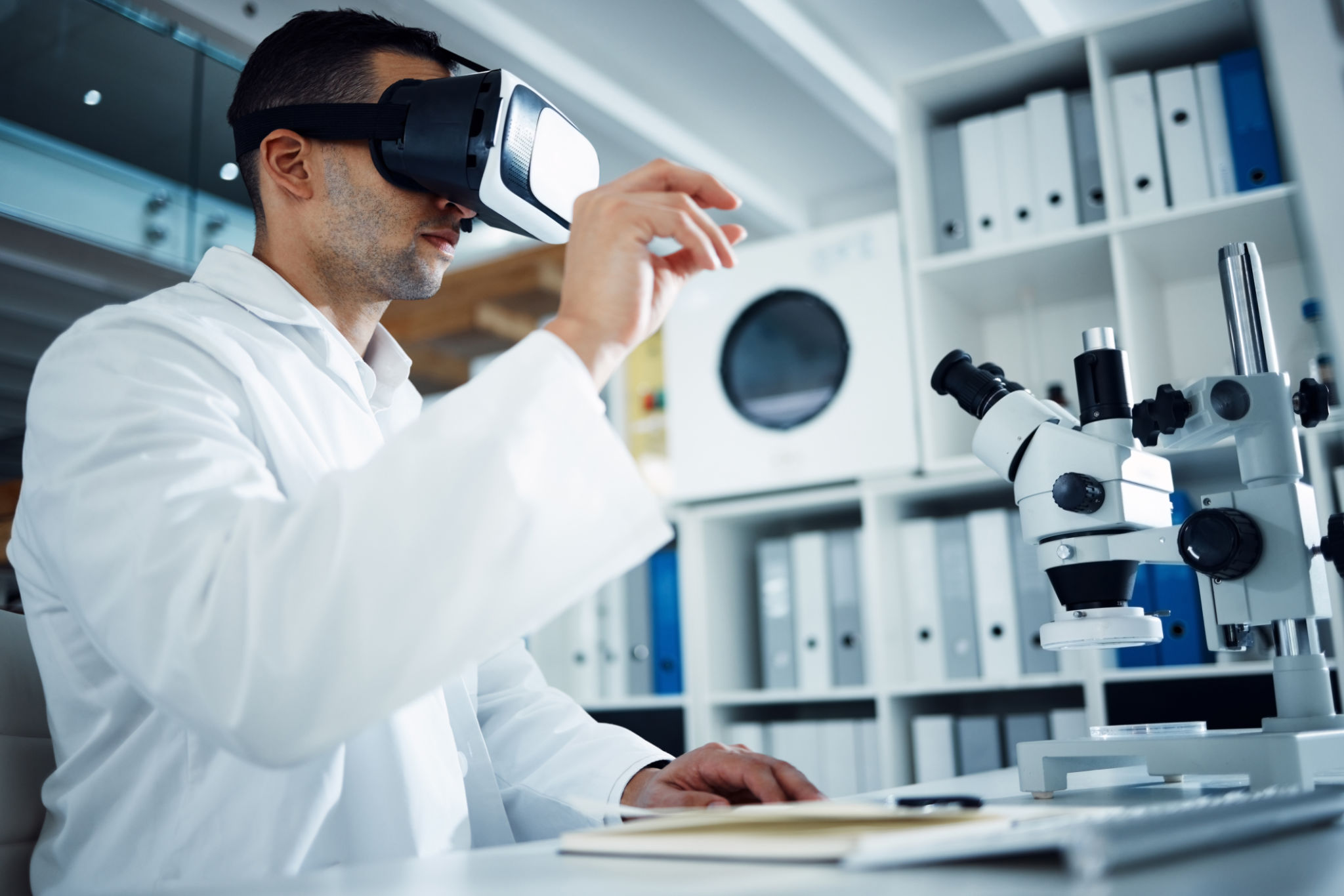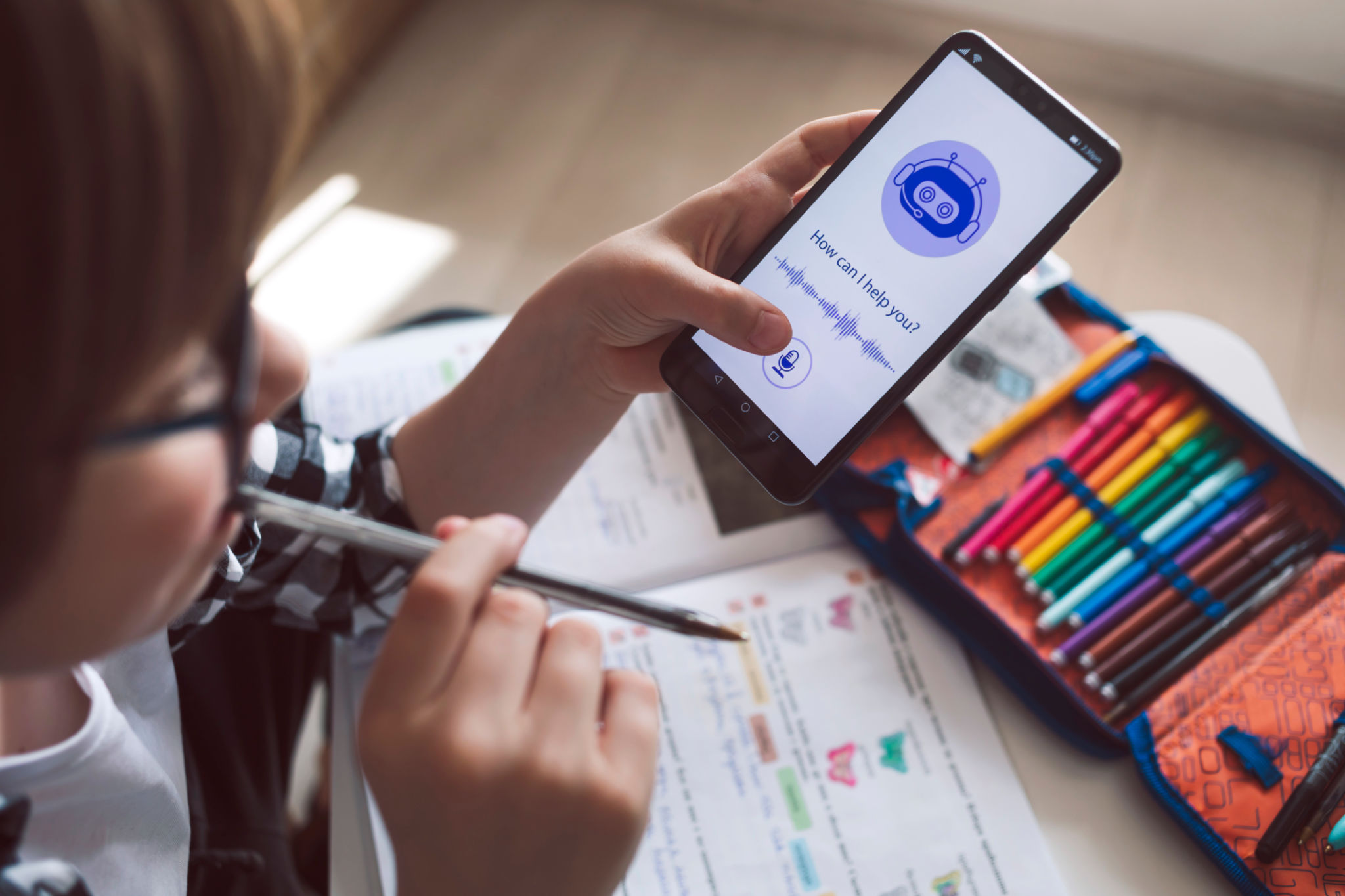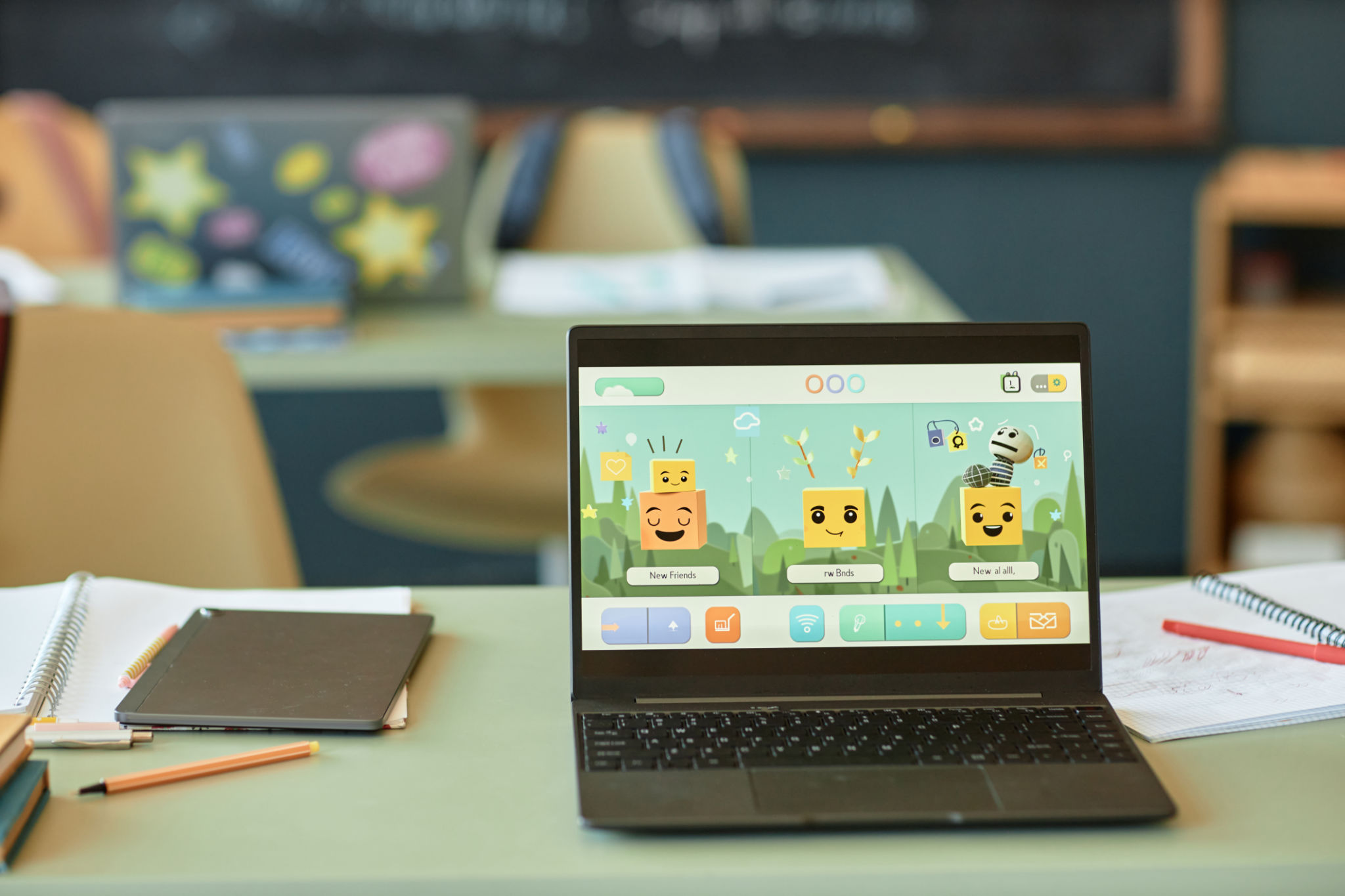Exploring the Latest Trends in Medical Education Technology
The Rise of Virtual Reality in Medical Education
Medical education has always been a field that requires hands-on experience and practical learning. In recent years, virtual reality (VR) has emerged as a powerful tool to enhance this learning process. By simulating real-world medical scenarios, VR provides students with the opportunity to practice procedures and make clinical decisions in a risk-free environment.
The use of VR in medical education not only enhances the learning experience but also improves retention rates. Studies have shown that students who train using VR demonstrate a higher level of skill proficiency and confidence compared to traditional methods.

Moreover, VR allows for personalized learning experiences. Educators can tailor simulations to meet the specific needs of individual students, ensuring a comprehensive understanding of complex medical concepts. This adaptability makes VR an invaluable asset in modern medical education.
The Integration of Artificial Intelligence
Artificial Intelligence (AI) is revolutionizing medical education by providing intelligent tutoring systems and predictive analytics. AI-powered platforms offer students personalized feedback and adaptive learning paths, catering to their unique strengths and weaknesses.
These systems can also analyze large datasets to predict student performance and identify areas where additional support may be needed. By leveraging AI, educators can develop targeted interventions to help students succeed in their studies.

Furthermore, AI is being used to create virtual patients for simulation-based learning. These AI-driven patients exhibit realistic symptoms and responses, allowing students to practice diagnostic skills and patient interactions in a controlled setting.
Telemedicine as a Learning Tool
With the rise of telemedicine, medical education is embracing this technology as a critical component of training. Telemedicine platforms allow students to engage with patients remotely, developing skills in digital communication and remote diagnosis.
This is particularly beneficial in rural or underserved areas where access to healthcare professionals may be limited. Students can gain experience in delivering care across distances, preparing them for future roles in an increasingly digital healthcare landscape.

Additionally, telemedicine provides opportunities for interdisciplinary collaboration. Students from various healthcare disciplines can work together virtually, fostering teamwork and communication skills essential for effective patient care.
The Impact of Gamification
Gamification is another trend gaining traction in medical education technology. By incorporating game design elements into educational activities, gamification makes learning more engaging and interactive.
Games can simulate medical procedures, present case studies, or offer quizzes and challenges that reinforce learning objectives. This approach motivates students to actively participate and compete, enhancing their learning experience.

Moreover, gamification provides instant feedback, allowing students to learn from their mistakes in real-time. This immediate reinforcement helps solidify knowledge and encourages continuous improvement.
Conclusion
The integration of technology into medical education is transforming how future healthcare professionals are trained. Virtual reality, artificial intelligence, telemedicine, and gamification are just a few examples of how technology is enhancing learning experiences and preparing students for the challenges of modern healthcare.
As these technologies continue to evolve, they will undoubtedly play an increasingly important role in shaping the future of medical education. By embracing these innovations, educators can ensure that students are equipped with the skills and knowledge necessary to excel in their careers.
